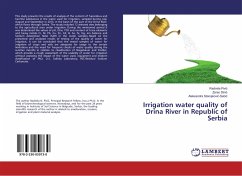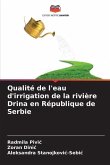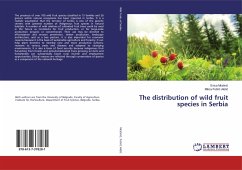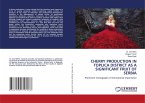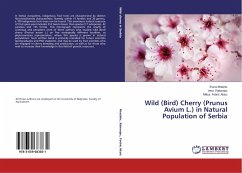This study presents the results of analysis of the content of hazardous and harmful substances in the water used for irrigation, sampled during July, August and September in 2013, in the basin of the part of the Drina River, which flows through Serbia. The study included 12 selected sites belonging to the agricultural area under irrigation. During the mentioned period it was determined the values of pH, ECw, TDS and content of trace elements and heavy metals Cr, Ni, Pb, Cu, Zn, Cd, B, As, Fe, Hg, ion balance and Sodium Adsorption Ratio (SAR) in the water samples. Based on the presented and analyzed results of testing of the quality of water for irrigation, it can be concluded that the tested samples of water for irrigation of crops and soils are adequate for usage to the certain limitations and the need for frequent checks of water quality during the summer months in relation to classification of Naigebauer and Stebler, which provide a rough assessment of the usability of water for irrigation without assessing the impact of the water used, equipment and modern classification of FAO, U.S. Salinity Laboratory, RSC-Residual Sodium Carbonate.

